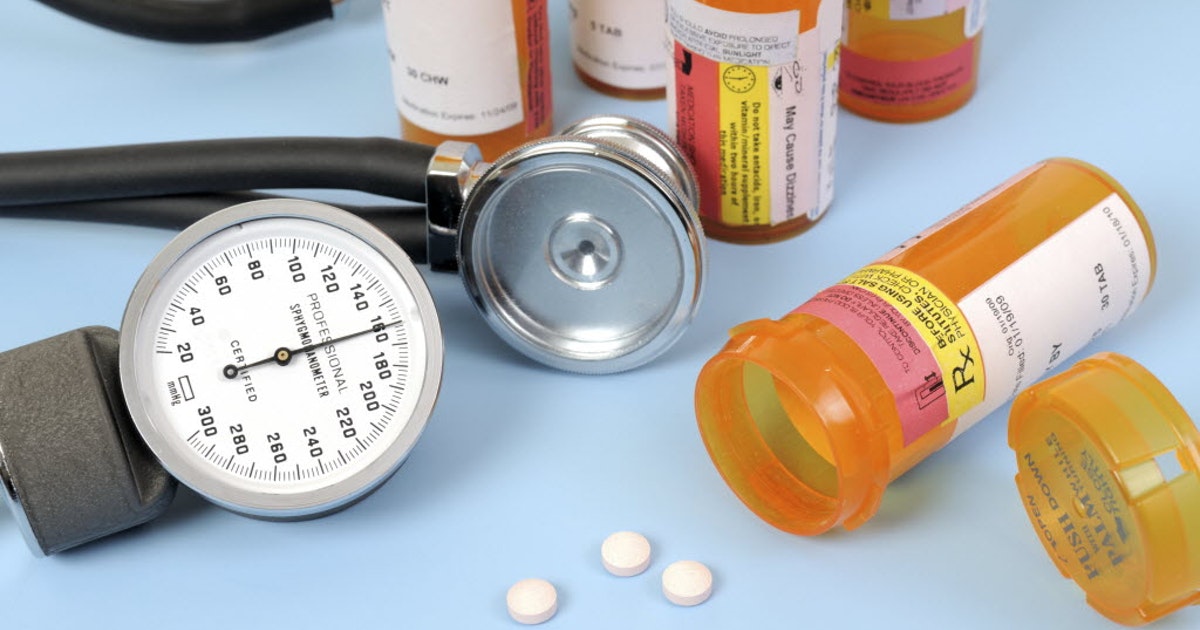Treating Post-Thrombotic Syndrome
Post-thrombotic syndrome is an illness that is brought on by complications caused by deep vein thrombosis. Deep vein thrombosis occurs when clumps of blood gather and accumulate. This accumulation of blood starts to solidify and turns into a clot, which causes blockages deep in the veins, particularly in the legs. Blood clots not only cause pain and swelling in the affected area, but can cause a pulmonary embolism as well. Individuals who suffer from deep vein thrombosis often recover, but there is a percentage of those who don't get better and suffer from additional complications. These problems can lead to post-thrombotic syndrome. Thankfully, there are several ways to treat this condition. Learn about them now.
Elevate The Affected Limb

Post-thrombotic syndrome is a serious condition that can be costly to treat. Therefore, it is essential to take preventive measures to deter the progression of this syndrome. One way to alleviate symptoms of post-thrombotic syndrome is to elevate the affected limb. When the average patient engages in physical activities, such as walking, the flow of blood in the veins increases. If an individual previously suffered from deep vein thrombosis, their veins are scarred and damaged, which can cause blood flow in the veins to slow considerably and this leads to pain, swelling, and aching in the affected area. Post-thrombotic syndrome is exacerbated when the individual stands for an extended period. An effective way to provide relief to the limb is to elevate it. When the limb is raised, it helps the blood make its way back to the heart and decrease leg heaviness, discomfort, and swelling. Aim to elevate the affected body part several times per day.
Learn more about treating post-thrombotic syndrome now.
Strengthening Exercises For Ankles And Calves

Certain exercises can benefit individuals who have post-thrombotic syndrome. Strength training exercises to perform are ankle flexing and taking a walk every day. These physical activities can strengthen the muscles in the lower leg area. Engaging in these activities on a consistent and continuous basis can help decrease the symptoms of post-thrombotic syndrome. Strengthening exercises for ankles and calves also help improve the blood capillary's density and increase oxygen delivery to the body's cells. It is also important to stay at a healthy weight to decrease the chances of developing post-thrombotic syndrome. Being overweight increases an individual's chances of developing deep vein thrombosis, which can lead to post-thrombotic syndrome. Strengthening exercises for ankles and calves can help individuals stay active and at a healthy weight.
Keep reading to discover more ways to treat post-thrombotic syndrome.
Wear Compression Socks

Another way to treat post-thrombotic syndrome is to wear compression socks, which are made to keep blood from pooling around the veins in the lower legs. Compression socks are available in many colors, shapes, sizes, and material. There are even flesh-colored compression socks available for individuals who feel self-conscious wearing this type of sock. Patients should wear compression socks in the morning and taken off in the evening or at bedtime. It is a popular method of treatment recommended by doctors. Doctors can order prescription-quality compression socks for patients as well, which typically apply more pressure to the legs than their drugstore or online counterparts. Doctors may also provide an intermittent pneumatic compression device to patients with post-thrombotic syndrome, which provides extra pressure on the leg veins.
Discover the next method of treating post-thrombotic syndrome now.
Pain Medication

Pain medicine can be used to treat post-thrombotic syndrome. Symptoms include physical discomfort like cramps and tingling in the legs, as well as ulcers and painful sores on the legs. Pain caused by post-thrombotic syndrome can be alleviated with a certain type of pain medicine. Popular non-narcotic medications include acetaminophen and tramadol. Well known narcotic drugs used for post-thrombotic syndrome include oxycodone, hydromorphone, and fentanyl patches. It is crucial to avoid pain medications like non-steroidal anti-inflammatory drugs (e.g., ibuprofen and naproxen), which can cause blood clots to form. Pain medication management can be a complex and individualized process, so it is important to consult a doctor for more assistance.
Get to know the details on the next method of treating post-thrombotic syndrome now.
Blood Thinners

Blood thinners can often be used to treat deep vein thrombosis. Treating deep vein thrombosis is important because it can ultimately prevent post-thrombotic syndrome from occurring. Deep vein thrombosis takes place when massive blood clots form in the large, deep vein and cause life-threatening health issues, like strokes. Medications used to thin the blood help break up clots in the veins and can be administered intravenously or orally. A popular blood-thinning drug used to treat deep vein thrombosis is warfarin. These medications are an effective treatment, but there are some things to be aware of. Blood thinners may cause bleeding problems so be conscious of the foods eaten when taking a blood thinner. For instance, limit the consumption of leafy green vegetables, fish, and liver. These types of foods contain a high amount of vitamin K, which can interact with the efficacy of the blood thinner. Some side effects of taking blood-thinning medications are nosebleeds, bruising, and headaches.
